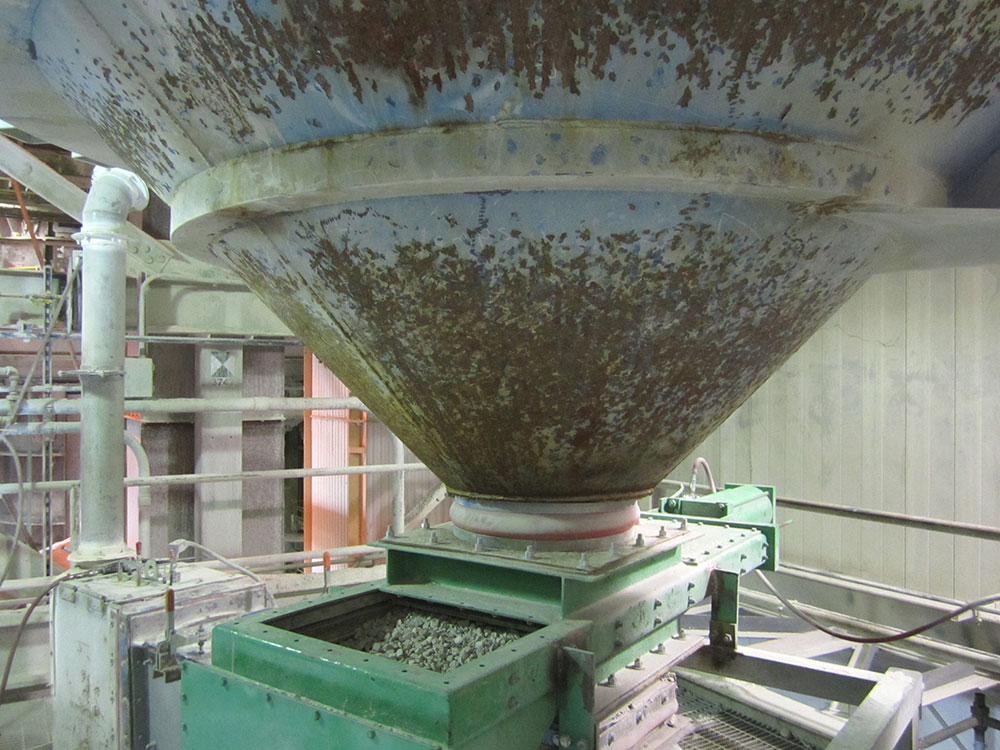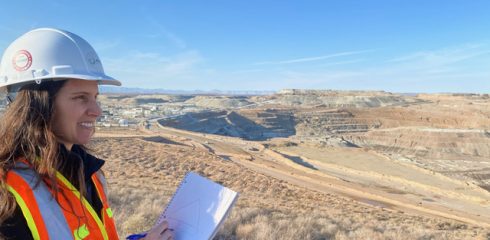
The cost of poor planning is always a bitter pill. It is never cheaper and it is always more painful to build something poorly and then correct it later. Let alone the cost of living with the problems in the interim. Bin design is certainly no exception.
For most manufacturing processes where a surge bin, a use bin or a storage silo is used, a first-in, first-out flow sequence ([popover image=”/your-need/poor-flow/hopper-flow-pattern-mass-flow/” link_text=”mass flow” title=” ” content=”Discharge pattern occurring in silo, bin, bunker, or hopper” direction=”right”]) is beneficial. Yet most bins I see are not designed or constructed adequately to achieve this goal. Many don’t even provide reliable material discharge. Generally, this comes down to inadequate planning, often the result of cost cutting measures during the initial stages of a construction project. If you don’t understand the value of measuring a bulk solid’s flow properties, the cost may seem like a nicety. But designing a storage silo without the benefit of quantified parameters that describe how the material will flow is like designing a bridge without knowing the materials of construction.
Nevertheless, I would venture to guess that most bins and silos are designed and constructed based on little more than the material’s bulk density. And when reliable flow isn’t achieved, the problems are often blamed on the material, as though it were capable of culpability and its behavior could not have been anticipated. Take a look at the photo of the hopper to the right; though this hopper takes up minimal headroom, bulk material discharge is highly erratic.
The money saved by not adequately evaluating material behavior is a false economy. The capital saved by forgoing testing and design development will be lost many times over in reduced throughput, increased operating costs and often eventually by extensive modifications required to correct the problem.
Which brings us to headroom. Very often, correcting a flow problem in a bin requires more headroom than the original design. Or, the solution becomes more expensive and less robust than if sufficient headroom was available.
So if you are going to design your bins and silos without first measuring material properties and developing a functional design based on those properties and the process requirements, please leave some additional headroom below the bin. That way we have some room to work when changes are needed down the road.
A famous phrase comes to mind — Don’t sell yourself short!





